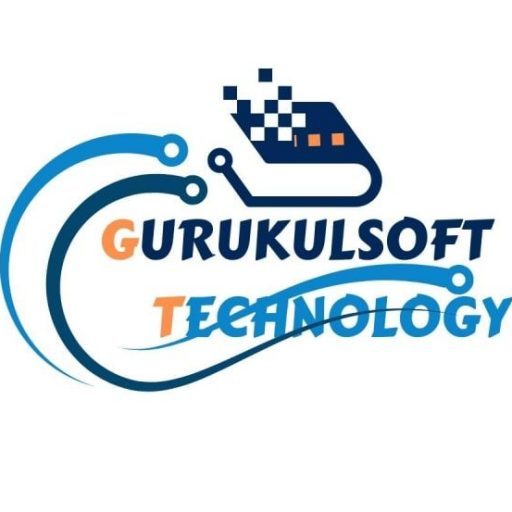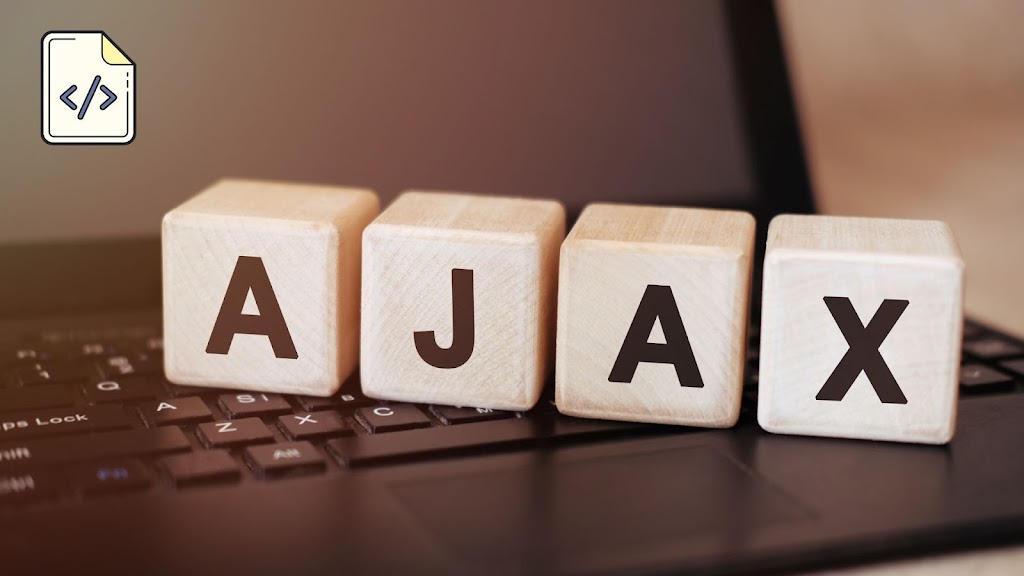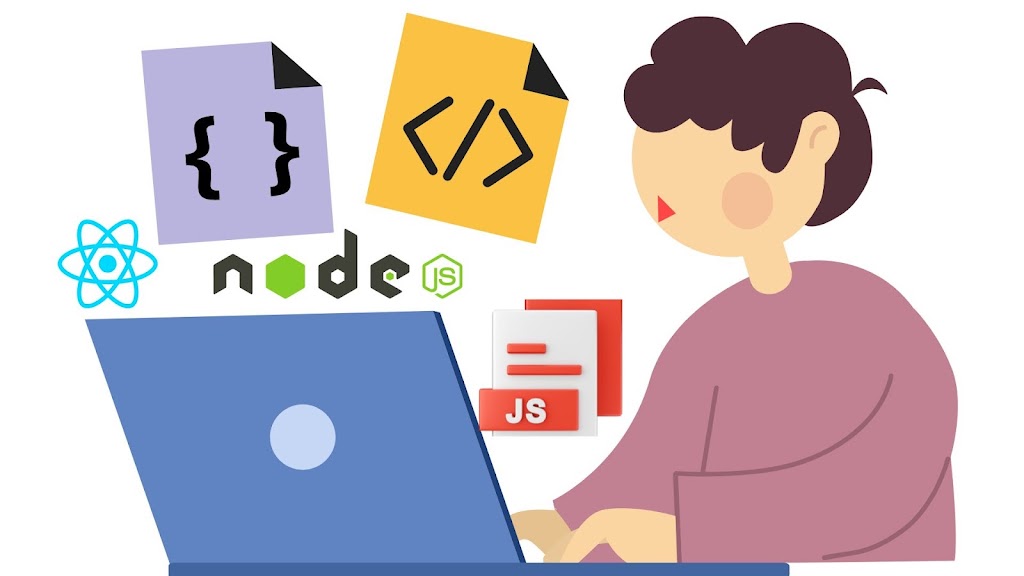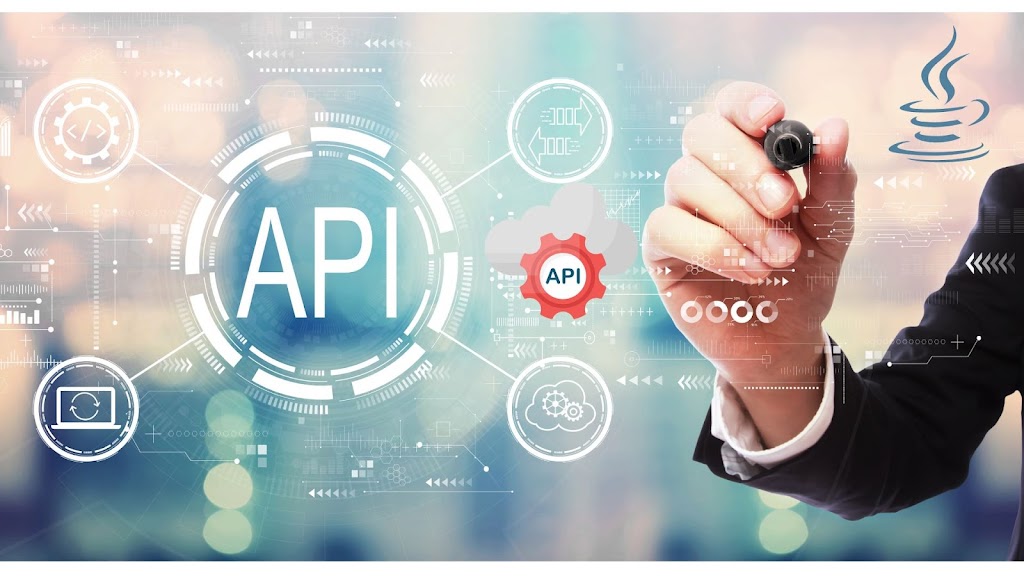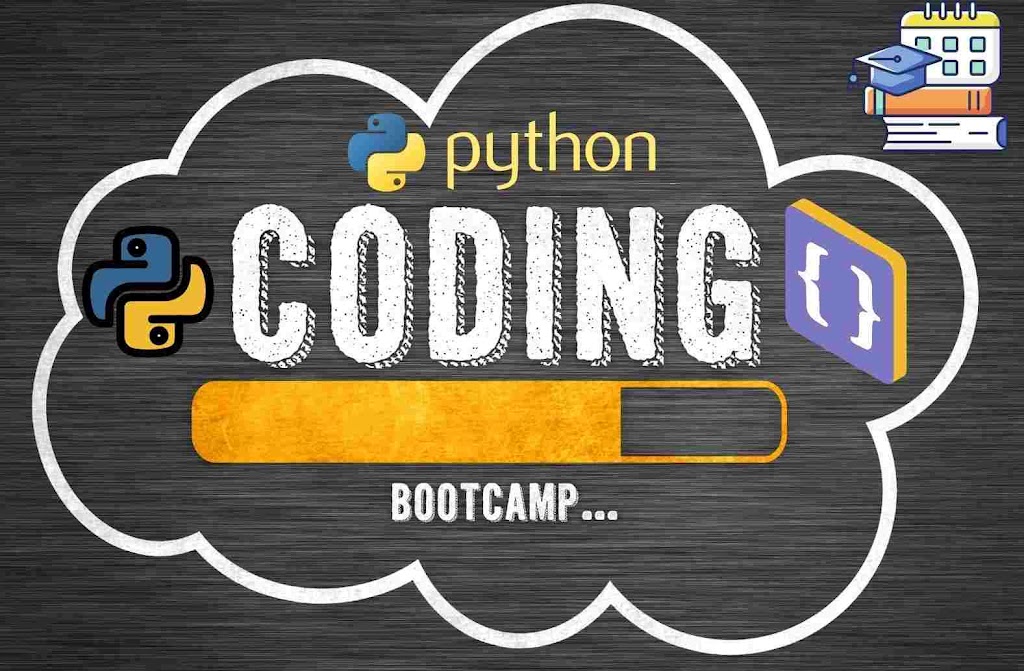Restful web services with Spring MVC tutorial
Developing RESTful Java Web Services using Spring boot
This course enables you to quickly get started with Spring boot applications.
What you’ll learn
You will be able to get started with a spring boot application easily
You will be able to create a Customer Rest Controller
You will be able to get customers data for our application in SQL
You will be able to set up an H2 database server with customer data
You will be able to map Customer class to customers table using JPA
You will be able to get data from DB in our rest controller using Spring Data JPA
You will be able to get paginated data using our web API
You will be able to download, install and use Postman for making requests
You will be able to get customer data based on id using the path variable
You will be able to add new customers using HTTP POST request
You will be able to update customer data using an HTTP PUT request
You will be able to delete a customer data using an HTTP DELETE request
You will be able to add Swagger for API Documentation
You will be able to build a distributable bundle for production
This course enables a regular Java developer with the power and simplicity of Spring boot applications. Via this course, you will understand the basic concepts of RESTful web services and how Spring boot simplifies the development of a standalone, self-contained web service using which you can quickly develop and deploy production-ready Java microservices. For taking this course, you DO NOT need to have prior knowledge of the Spring framework.
Here is what you can read about Spring boot and a basic comparison of Spring framework and Spring boot.
Spring Boot makes it easy to create stand-alone, production-grade Spring-based Applications that you can “just run”.
We take an opinionated view of the Spring platform and third-party libraries so you can get started with minimum fuss. Most Spring Boot applications need very little Spring configuration.
Features
Create stand-alone Spring applications
Embed Tomcat, Jetty, or Undertow directly (no need to deploy WAR files)
Provide opinionated ‘starter’ dependencies to simplify your build configuration
Automatically configure Spring and 3rd party libraries whenever possible
Provide production-ready features such as metrics, health checks, and externalized configuration
Absolutely no code generation and no requirement for XML configuration
What is the difference between Spring Boot and the Spring framework?
Spring is a lightweight and open-source framework created by Rod Johnson in 2003. Spring is a complete and a modular framework, I mean spring framework can be used for all layer implementations for a real-time application, or spring can be used for the development of a particular layer of a real-time application unlike struts [ only for front end related ] and hibernate [ only for database related ], but with spring we can develop all layers
Spring framework is said to be a non-invasive means it doesn’t force a programmer to extend or implement their class from any predefined class or interface given by Spring API, in struts we used to extend Action Class right that’s why struts are said to be invasive
In the case of the struts framework, it will force the programmer that, the programmer class must extend from the base class provided by struts API
Spring is a lightweight framework because of its POJO model
Spring Framework made J2EE application development a little easier, by introducing the POJO model
Spring has this much demand because of the following 3 reasons….
- Simplicity
- Testability
- Loose Coupling
